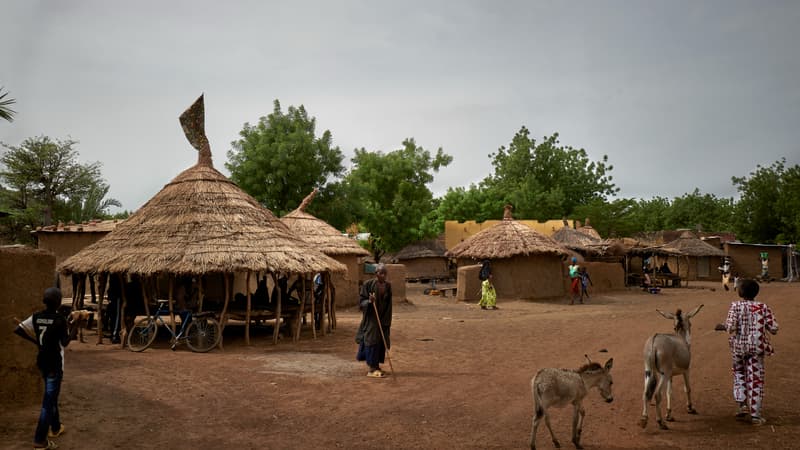Armed groups affiliated with the Islamic State organization have massacred hundreds of villagers since the beginning of the year in northeastern Mali in an apparently systematic manner, and authorities are not doing enough to protect civilians, Human Rights Watch (HRW) warned Thursday. ).
Tens of thousands of villagers have been forced to flee to other parts of Mali or to neighboring Niger after losing their livestock and all their belongings in attacks since March in the Ménaka and Gao regions, Man’s rights organization said in a report. .
She notes that the abuses have primarily targeted the Daoussahak, a Tuareg tribe. She also points out that large swathes of territory have come under the control of groups affiliated with the Islamic State in the Greater Sahara (EIGS).
The jihadists “carried out terrifying and apparently coordinated attacks on villages, massacring civilians, looting homes and destroying property,” says HRW.
Degraded security since the arrival of the board
“The Malian government should do more to protect villagers who are particularly at risk of attack and provide them with greater assistance,” HRW official Jehanne Henry said in a statement.
These words contradict those of the military who seized power by force in 2020 in this country shaken since 2012 by violence and the spread of jihadism. The Malian authorities have been away for a year from the French ally and its partners, and have turned to Russia. They reiterate that they have reversed the trend of security and have defeated the jihadist groups.
On Wednesday, US Under Secretary of State Victoria Nuland, back from the Sahel, said security had deteriorated considerably in Mali since the junta called in, according to the US and its allies, mercenaries from the Russian company Wagner in 2021.
A wider area of action
HRW details, with testimonies that support them, attacks in thirteen locations following a similar modus operandi. In Inkalafane (Ménaka region) on March 28 “a large group of armed men arrived in an armed vehicle and on a motorcycle”. They killed 35 civilians, says a 55-year-old pastor.
The security situation has deteriorated significantly in the last eight months in the Ménaka and Gao regions following an ISGS offensive beyond what was then its area of action and influence.
The jihadists first attacked the vast and desert region of Ménaka in March and April. EIGS then directed its fire further west, into the Gao region. Attacks were reported around the regional capital, and for the first time a major town, Talataye, was raided and temporarily controlled by ISGS in September.
Lack of reliable data
HRW writes that this outbreak of violence coincides with the withdrawal from Mali of the French anti-jihadist force Barkhane, initially promoted by the junta.
Establishing accurate assessments of the victims of these attacks is extremely difficult in the absence of reliable commentary from largely inaccessible territories.
The UN mission in Mali (MINUSMA) should “intensify its patrols, its deterrence flights and its interactions with the affected communities”, says HRW. La Minusma complains about the obstacles that the Malian authorities place on its operations.
Source: BFM TV


